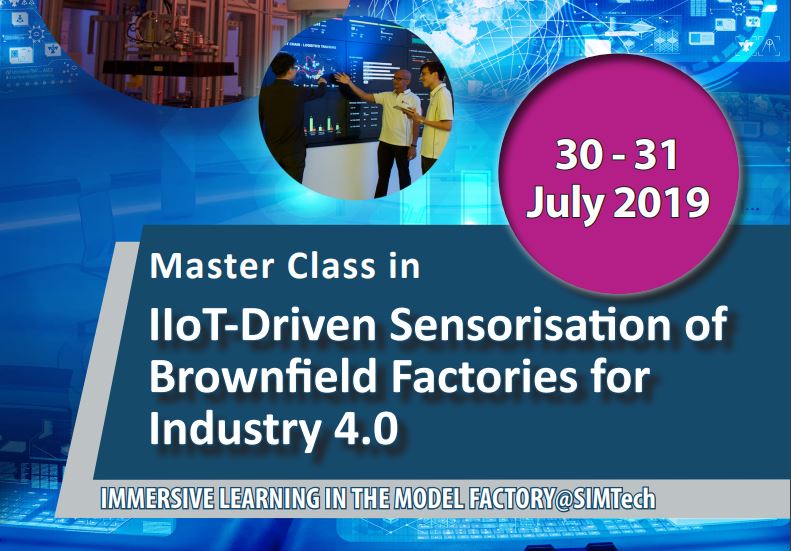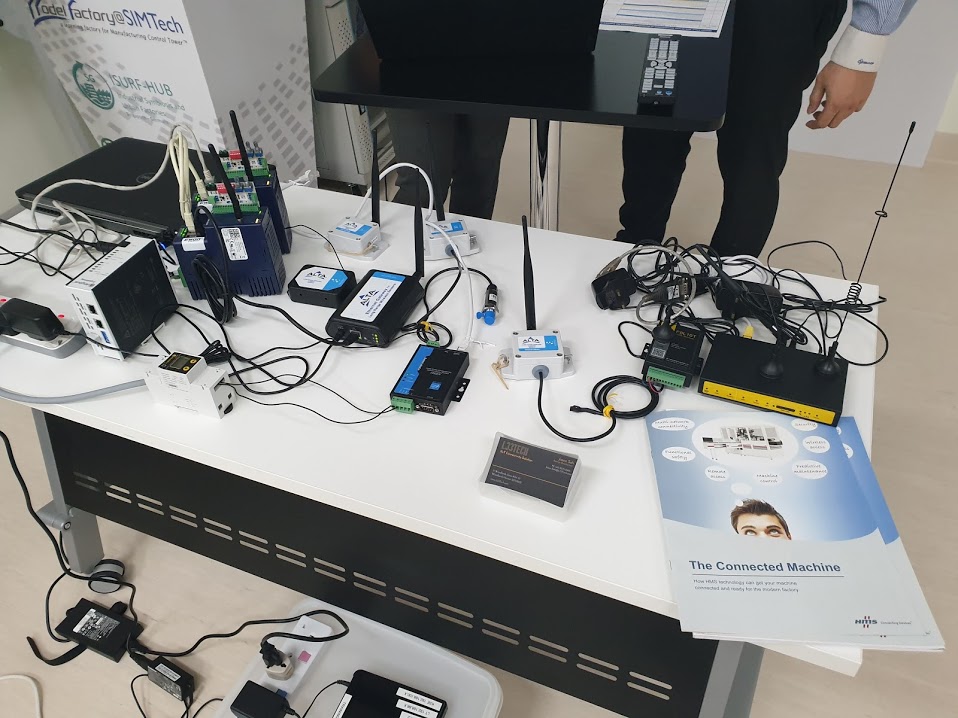L33Tech is a speaker for the following SIMTech Class:
Course Introduction
The industrial Internet of Things (IIoT) uses sensors to automate the collection and communication of industrial data to end users in real time. This has ushered in the Fourth Industrial Revolution, or Industry 4.0, where manufacturers can benefit from real-time visibility of production status and equipment health conditions.
Such production information and derived insights can be used in the following areas:
Support predictive equipment maintenance to pre-empt equipment breakdown;
Automate assembly processes;
Provide real-time visibility for on-the-go decision-making support to take advantage of business opportunities;
Enable simulation using on-line production data to improve shop floor management;
Reduce wastage of raw materials, energy and manpower through early detection of quality issues;
Provide digital traceability starting from supply chain through production, shipping and distribution to support auditing and product recall management when necessary; and
Allow supply chain partners to deal with ad-hoc supply chain disturbances.
IIoT relies on sensors to collect data for the identification of events and materials, measurements, presence detection. Sensorisation is therefore the first step of the digitalisation journey of brownfield factories. The sensor selection process is an important process that identifies sensors to support the application in providing the type and range of sensor data, and the ability to withstand the operating environment. For this 2-day master class, participants will identify an application for their production environment where sensors can be used to improve work processes, provide visibility and improve shop floor control, etc. Participants will also get to experience and practise their newly-acquired knowledge at the Model Factory@SIMTech, which is an actual production environment that allows for experiential experimentation and learning of manufacturing system technologies, during the hand-on practical sessions.
Upon Completion, You Will Gain:
Knowledge of use cases for sensorisation to achieve objectives such as factory automation, predictive equipment maintenance, material handling, energy and waste monitoring
Knowledge of the types of sensors and an understanding of their areas of deployment
Knowledge of IIoT use cases, IoT wireless standard and technologies, Serial-to-Ethernet connectivity, LoRa
Immersive learning with hands-on practices using Monnit sensors and Flexy IIoT gateway
Who Should Attend
This course is designed for professionals such as project managers, engineers & technicians, IT professionals embarking on digitalising their organisations’ business operations.
What You Will Learn
Sensor Deployment – the First Mile of the Digitalisation Journey
Understand the different types of sensors
Know the types of sensors that are suitable for various applications, such as predictive equipment maintenance, factory automation, material handling, energy and waste monitoring
Understand the sensor selection process and deployment
IIoT and Key Challenges Faced in Implementing IIoT
Know the characteristics of IIoT (examples: autonomous data capture, unique identification of objects)
Know the elements of IIoT (examples: sensors, actuators, connectivity, communication protocols, gateways)
Be aware of the key challenges faced in implementing IIoT
Know the applications of IIoT
Introduction to IoT Wireless Standards and Technologies
Understand the IoT wireless standards and technologies
Know the advantages and shortcomings of the different technologies
Understand the serial-to-ethernet connectivity
Know the use of LoRa for secured connectivity over long distances using low power
Immersive Learning through Hands-on Monnit Sensors
Connecting gateway and sensors
Testing of sensing distance
Immersive Learning through Hands-on Flexy
Pulling of Modbus TCP data from sensors
Dashboard drawing
Creation of VPN and remote access
Setting alarms
Translate Learning into Implementation
Apply acquired knowledge in practice with case studies-based discussions
Select target application and types of sensor to use for deployment
Learn how to develop requirements and specifications
Trainers' Profile
Mr Jason Soh has been involved in M2M technologies and implementing IIoT solutions since 2014 for Factory Automation, Building Management, Power Generation and Water/Waste Water verticals. He is also the Business Development Director of L33Tech, an IIoT Connectivity Solution provider. He has more than 5 years’ experience in handling technical sales of industrial wireless/gateway solutions and IIoT/IoT software engineering.
Mr Steve Lim is a Senior Application Engineer with Kepware Technologies with more than 5 years’ experience in machine connectivity, sensors and industrial protocols. He is also a Splunk-certified Architect and specialises in OPC, industrial device connectivity and scripting for edge applications.
Mr Tan Chak Huah is a Principal Research Engineer with SIMTech. He has been involved in the manufacturing operations management since 1986 that extends from production scheduling, shop floor tracking, material handling and warehousing systems, real-time tracking using RFID, and real-time dispatching. His current research interest is helping the local manufacturing sector improve productivity, reduce waste, and ensure health and safety through the usage of sensors to provide real-time visibility, insights and shop floor operations management.

